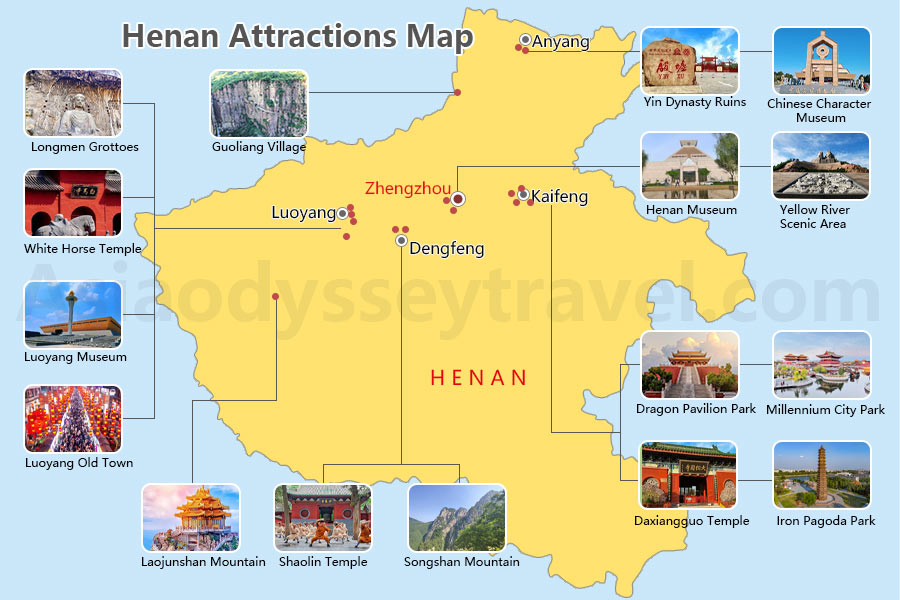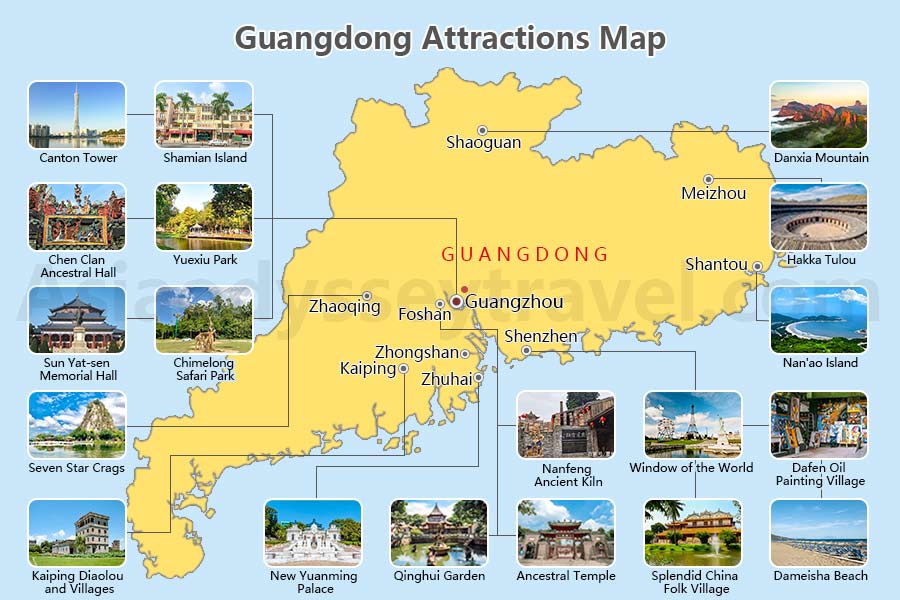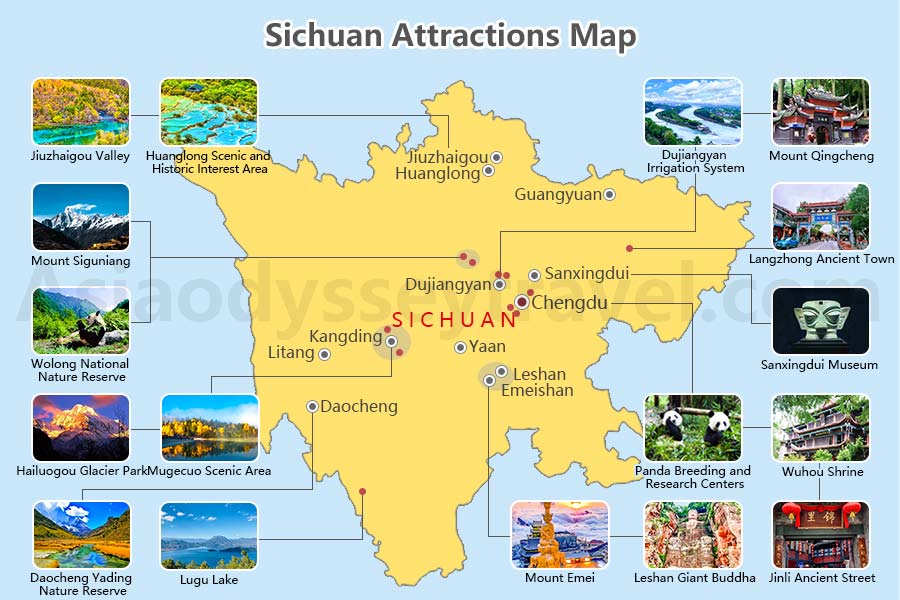Wandering Through the Ancient Streets of Lijiang’s Old Town

Welcome to Lijiang old town, a UNESCO World Heritage site that invites travelers into the heart of ancient China streets. Here at jusha.travel, we love sharing tips to make your China journey unforgettable, and there’s no better place to appreciate China’s timeless heritage than wandering the cobblestone alleys of this Yunnan gem. Nestled against the backdrop of the Jade Dragon Snow Mountain, Lijiang Old Town—also known as Dayan Ancient Town—blends traditional Naxi architecture with a labyrinth of canals, bridges, and vibrant markets. As a key stop on the ancient Tea Horse Road, it has preserved stories of traders, warriors, and dreamers for centuries. Whether you’re seeking China cultural walks or simply want to lose yourself in the rhythms of daily life, this destination offers an authentic glimpse into China’s rich tapestry.
The Rich Tapestry of History and Heritage

Stepping into Lijiang old town, you’ll feel transported back through time. The town’s origins trace to the late Song and early Yuan dynasties (late 10th to 13th century), making it a relic of medieval China. For centuries, it thrived as a vital crossroads on the Tea Horse Road ([link](https://www.christravelblog.com/china-two-days-in-lijiang-old-town-and-outlying-small-villages/)), where tea from Yunnan exchanged with horses from Tibet. This trade route shaped the town’s prosperity and cultural diversity, with Han, Tibetan, and other ethnic influences merging into a unique identity.
Under the rule of the Mu family from 1382 to 1723, Lijiang developed a structured layout of courtyards, mansions, and public squares. While the Mu family name lives on in sites like the Mansion of Mu, the town’s core remains a living museum of ancient China streets, where history whispers through every stone and beam. As you explore the Ancient Streets of Lijiang’s Old Town, consider pairing this with visits to nearby villages like Baisha and Shuhe for deeper insights—our guide on [Exploring Hidden Villages in China](https://jusha.travel/explore-hidden-villages-unique-china/) offers practical tips for similar off-the-beaten-path adventures.
This historical depth isn’t just academic; it’s what gives Lijiang old town its enduring allure, especially for solo travelers seeking self-discovery. Check out our solo travel post, [Discover Yourself Through Solo Travel](https://jusha.travel/discover-yourself-through-solo-travel-a-journey-to-escape-and-understand/), for ways to maximize such immersive experiences.
Architectural Wonders and Naxi Heritage Sites

The architecture of Lijiang old town is a symphony of Naxi heritage sites, characterized by traditional wooden houses that tilt gently with sloping tiled roofs and intricate carvings. These buildings, often with walls of mud, wood, or stone, orient doors southeast to harness good qi and sunlight ([link](https://whc.unesco.org/en/list/811/)). The design exemplifies a harmonious blend of Naxi, Han, Tibetan, and other influences, creating a visual feast for anyone on a China cultural walk.
Don’t miss the Fanjingnuo Courtyard, a private Naxi residence showcasing traditional craftsmanship. Or venture to the Mansion of the Mu Family (Wooden Mansion), where over 160 rooms and Baroque gardens reveal Lijiang’s past as an administrative hub ([link](https://www.christravelblog.com/china-two-days-in-lijiang-old-town-and-outlying-small-villages/)). These Naxi heritage sites highlight how ancient Chinese streets evolved from practical shelters to cultural icons.
For broader context on China’s historical treasures, our comprehensive guide [Historical Places in China](https://jusha.travel/historical-places-in-china-guide/) delves into similar sites across the country.
Iconic Landmarks and Everyday Experiences

At the beating heart of the ancient streets lies **Sifang (Square) Street**, nicknamed “Lijiang Rice Noodle Street” for its culinary fame ([link](https://www.feastographyblog.com/blog/old-town-of-lijiang)). This bustling square, once a Tea Horse Road junction, buzzes with shops selling silver jewelry, handmade crafts, and local snacks like baba—one of Yunnan cuisine’s treasures. It’s a prime spot for immersive China cultural walks.
Venture beyond to the **Large Water Wheel** near the northern entrance, a colossal wooden structure that powers small mills and serves as an orientation landmark ([link](https://www.nickkembel.com/lijiang-things-to-do-itinerary/)). The surrounding canals and countless bridges, many stone-built, add to the town’s picturesque charm. Nightlife perks up at **Bar Street**, where traditional wooden houses now host music bars for a contemporary twist on heritage.
As you explore these landmarks, contrast ancient vibes with modern tech at work in Lijiang visitors can use apps for navigation. For more on how technology enhances China travel, read [What’s New in China’s Tech Scene](https://jusha.travel/whats-new-in-chinas-tech-scene-innovations-to-see-in-2025/).
As you explore Lijiang old town, keep an eye on festivals that illuminate Naxi heritage sites. The Torch Festival in August, with bonfires and processions, is a highlight. For festival lovers, our post [Exploring Chinese Festivals](https://jusha.travel/exploring-chinese-festivals-culture/) provides must-know details.
Practical Tips for Wandering Ancient China Streets

To truly embrace the Ancient Streets of Lijiang’s Old Town, embrace the “get lost” philosophy ([link](https://www.nickkembel.com/lijiang-things-to-do-itinerary/)). Early mornings (before 9 AM) or evenings offer fewer crowds, revealing quieter alleys with rooftop views of Jade Dragon Snow Mountain. Visit during shoulder seasons (March-May or September-October) to avoid peak tourist throngs.
For meals, seek out authentic Yunnan flavors like pot rice or cheese tofu—travelers rave about fusion spots blending Naxi traditions with modern twists. Staying in traditional guesthouses within the town, rather than tourist hotels outside, enhances the cultural immersion.
If you’re planning a broader China trip, our [Top 10 Must-Visit Cities in China](https://jusha.travel/top-10-must-visit-cities-in-china-for-2025-adventures/) lists Lijiang prominently and offers itinerary inspiration. And for luxury seekers, [Exploring Luxury: The Best Hotels in China](https://jusha.travel/exploring-luxury-the-best-hotels-in-china/) suggests options near heritage sites.
Safety and respect are paramount—wear comfortable walking shoes for uneven cobblestones, carry cash for small purchases (though digital payments via WeChat are common), and learn basic phrases like “Xièxiè” (thank you) to engage with locals. For visa and logistics tips, check our [China Visa Requirements Guide](https://jusha.travel/china-visa-requirements-guide/).
Conclusion: Embracing Lijiang’s Timeless Charm

Lijiang old town stands as a testament to China’s enduring legacy, where ancient China streets weave tales of resilience and beauty. Despite modernization’s pull, this UNESCO site maintains its blend of Naxi heritage sites and living traditions, offering visitors a profound connection to China’s soul ([link](https://www.chineselearning.com/china-travel/lijiang-ancient-town-a-timeless-gem-of-naxi-heritage-and-charm)). As you wander these enchanting paths, you’ll discover not just a destination, but a deeper appreciation for China’s cultural diversity.
Before departing, consider extending your journey to nearby Yunnan wonders like the Tiger Leaping Gorge—our guide on [Exploring the Best Hiking Trails in China](https://jusha.travel/hiking-trails-china-guide/) covers similar adventures. From history buffs to culture enthusiasts, Lijiang old town inspires everyone to explore more of China’s hidden gems.
We’d love to hear your Lijiang stories—share them in the comments below! For more China travel inspiration, visit jusha.travel, where you’ll find guides like [Best Places to Visit in China](https://jusha.travel/best-places-to-visit-china/) and our latest tips on festivals and technology in China.

